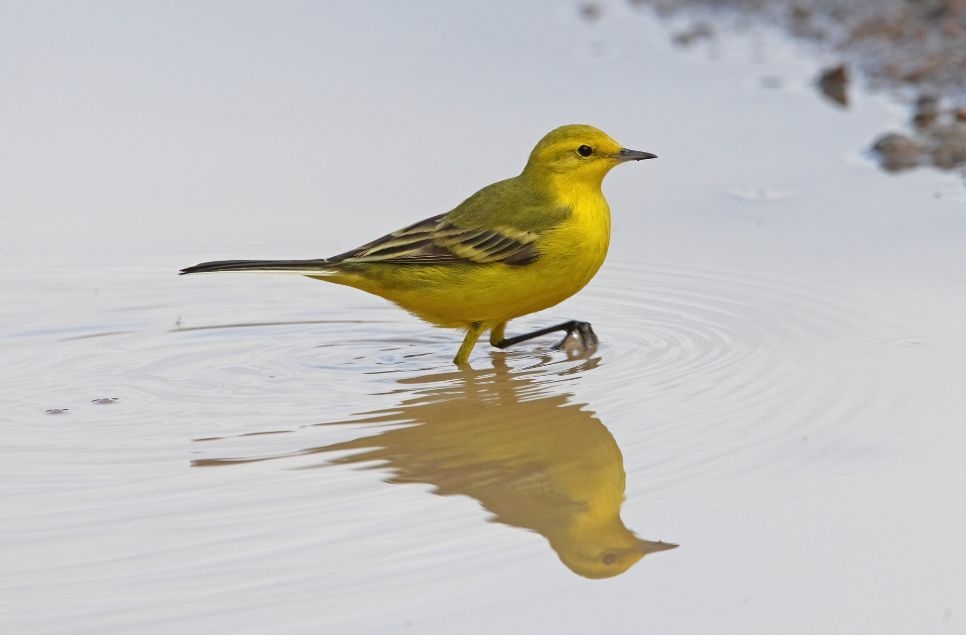Bittern but will it Boom?
Top birding day! A Bittern was seen to fly in over the reed beds in front of the Harrier Hide. Most of the UK's wintering population of Bittern comes from continental Europe, so there's a good [...]
Top birding day! A Bittern was seen to fly in over the reed beds in front of the Harrier Hide. Most of the UK's wintering population of Bittern comes from continental Europe, so there's a good chance that this will be one of those birds. It's even possible that it has just arrived from Europe although it may have been pushed out of it's previous wintering spot in the UK by the recent cold weather.
Over the years we have had many birds over wintering, thou this is the first since the mid 00's. In order to breed, Bitterns need a critical mass of reed bed so it is unlikely that it will stay to boom.
Also new for the year, an adult winter plumaged Mediterranean Gull with Black-headed Gulls in the collection area. More unusually for the time of year was a Bar-tailed Godwit. Bar-tailed Godwit is very much a coastal species but we do get almost annual records but usually in spring. On top of that a Redhead Smew was seen along Langleys Brook from the Ron Barker Hide. The reserve has only had a handful of Smew records although last year a 'redhead' was present for sometime during spring. These birds bring the year list onto 97 species.
Two juv European White-fronted Geese and 2 Tundra Bean Geese with Pink-footed Geese again. Two Little Egret were also new in.
A good count of Marsh Harrier 4 juv types, adult female and sub-adult male. Other raptors included 4 Kestrel, 5 Common Buzzard, Sparrowhawk and Peregrine.
Some counts included 35 Common Snipe, 220 Tufted Duck and 136 Pochard. Willow Tit from the Janet Kear Hide and another report of adult Yellow-legged Gull.
AB
https://www.facebook.com/wwtmartinmere



